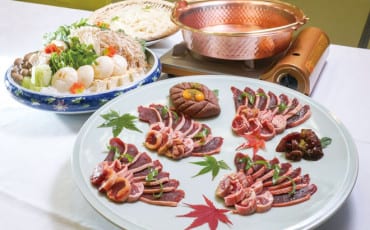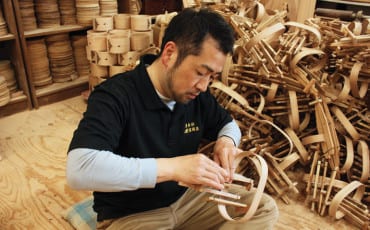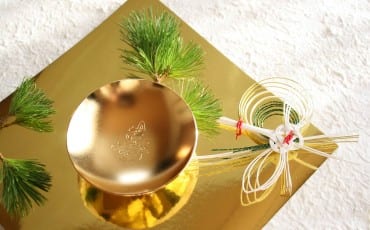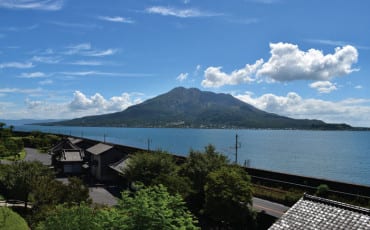- OISHII
- OISHII Wiki
- Ingredients
- Wasanbon
OISHII Wiki
Ingredients
Wasanbon
Known commonly as wasanbon tou in Japan, wasanbon is a very finely-grained sugar produced in the Shikoku prefectures Tokushima and Kagawa. Widely used in Japanese sweets, wasanbon is made entirely by hand through a long-drawn-out process during winter, which explains its heftier price tag.
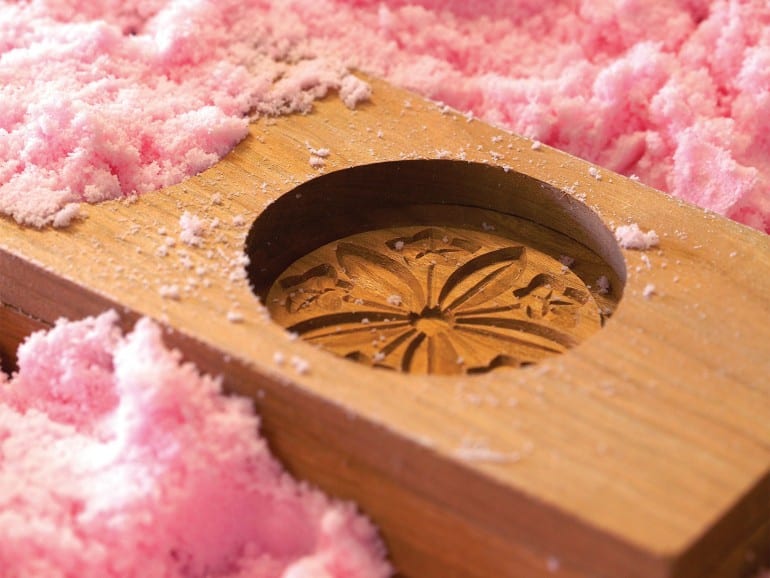
The painstaking process begins in December, when chikutoh – a thin sugarcane – is harvested, squeezed to extract the juice, then gradually boiled to condense the juice into raw sugar. After the raw sugar is left to cool, it is covered with a cloth then pressed with a stone to extract molasses, after which it is hand-kneaded. This press-and-knead process is repeated until the sugar becomes whiter and more refined in texture. Finally, the refined sugar is sifted and left to dry.
Wasanbon is the choice sugar used in making higashi (traditional dry Japanese confectionery) due to its delicate sweetness and melt-in-your-mouth texture. As compared to other types of wagashi, higashi made using wasanbon contains very little moisture and can be kept for longer. Today, the use of wasanbon is no longer limited to Japanese sweets; it is also used as a sweetener in coffee and tea, as well as an ingredient in Western-style sweets.






